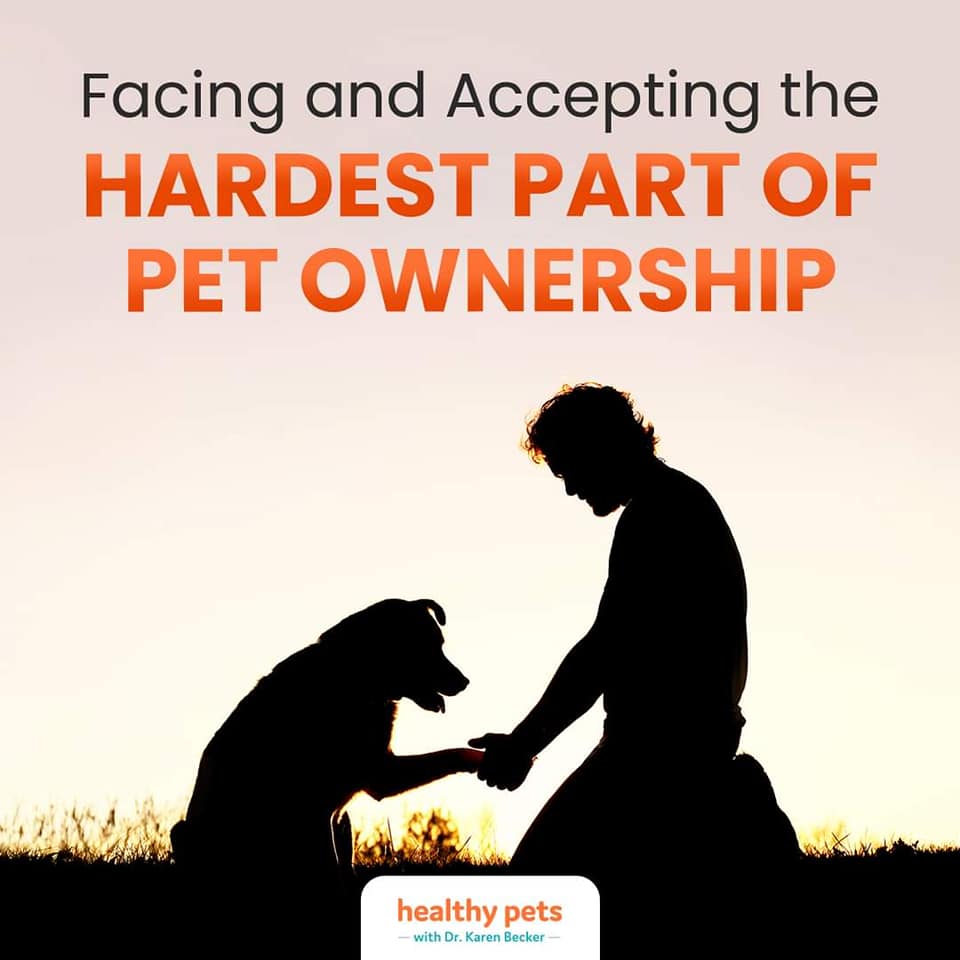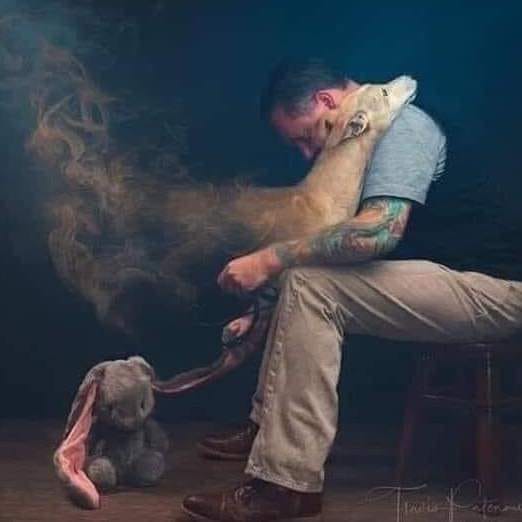
ANIMALS 101 – THE HARDEST PART OF OWNING ANY PET IS THE DAY YOU HAVE TO MAKE THE FINAL DECISION FOR THEM.
It’s inevitable that pets die before most of their owners and saying good-bye is something every pet lover faces eventually. It’s distressing to see any animal in pain — whether it’s our animal or not. We have the opportunity to put an end to their suffering. It’s a gift we can give when there’s no other alternative.
Animal euthanasia stems from a Greek word that means “good death” and is the act of putting an animal to death, humanely. Reasons for euthanasia include incurable (and especially painful) conditions or diseases, extreme trauma, old age and more.
Although modern veterinary medicine can extend a pet’s life, this isn’t always what’s best for them. Cynthia Steele (a Vet in Marin), says. “To me, it’s important to differentiate between living and existing. A dog or cat that’s unable to enjoy the things they used to, even if it’s simply the enjoyment of eating, is not truly living. The decision to euthanise is often done in a grey area, but if we wait until it’s black and white, we’re often sorry we waited too long.”

HOW TO PREPARE IN ADVANCE
When You Should Put Your Pet To Sleep
When your pet’s health is declining, before you make the decision to euthanise, you can determine your pet’s quality of life using the HHHHHMM scale. Those letters stand for hurt, hunger, hydration, hygiene, happiness, mobility, and more – good days than bad. Each factor is scored on a scale of 0 to 10. This should be done separately by you and the veterinarian because it can be very easy to rate your pet higher on some points than a medical professional would.
Also read: ANIMALS 101 – TIPS FOR WALKING YOUR DOG
Prepare Yourself
- Discuss the decision with your vet to euthanise and be sure to ask any questions you have, even if they seem trivial.
- If at all possible, pay up front — the staff at the clinic are only human, and they don’t want to hand you a bill right after your pet has been put to sleep any more than you want to deal with paying it.
- It’s a good idea to arrange for someone to drive you to the vet clinic.
The Procedure
- There are various steps in the process of euthanasia. Nowadays almost all cats/dogs are euthanised by injection and it is almost always a peaceful process designed for minimal pain or distress.
- It isn’t absolutely necessary that you stay for the procedure and a vet will never require it. Veterinarians do everything possible to ensure that animals are not so scared, but they are “strangers”, in a place most animals don’t exactly love.
On a question as to what was the most difficult part of his job, a vet answered without hesitation, that for him it is the fact that 90 % of owners don’t want to be in a room with a dying animal. People leave so that they don’t see their pet leave, but they don’t realize that it’s in these last moments of life that their pet needs them most.
There are valid arguments for and against being present, although the most commonly reported negative of not being there, is a sense of regret for having abandoned the pet in their final moments.
What To Do With the Pet’s Remains
- The options are the same as with humans — burial or cremation, but organ donation for research or transplantation is also becoming more common.
- Some people request euthanasia at their home, so that the pet can be in a familiar place.
- When you do schedule the procedure, ask your vet if you can make it the last appointment of the day, as neither one of you will feel like going back to work afterwards.
What To Do After They Are Put to Sleep
Don’t immediately run out and get another pet. You won’t be in the right emotional state and will be bringing the new pet into a place with weak, negative energy and which still smells strongly of another pet.
Give yourself the time and tools to go through the grieving process. If you don’t have other pets, but think that you will adopt again eventually, donate your pet’s bedding, toys, bowls, leash, and so on to a shelter. This will help with the grieving process by not being constantly reminded, as well as allow you to start fresh if and when you adopt another pet. Many people do keep their pet’s collar and tags or a favourite toy.
Once you’re done with the grieving and back in a positive place, the best tribute you can pay to a pet that has passed is to give another pet a second chance by adopting from a reputable organisation.
Remember
- Your grief is valid.
- Your grief is individual.
- Don’t be afraid to reach out for support.
- Ensure all your family members are supported.
- A physical memorial can provide comfort.
- Other people, especially those without pets, don’t realize that the experience can be just as traumatic as losing a parent or child.

Read more to understand this emotional experience and difficult decision for rescuer organisations or rescue veterinarians, when rescue animals take their
Never let the animal suffer because you do not have the funds to euthanise them. This is considered cruelty which is a crime. Contact your local SPCA or rescue organisation and discuss your situation with them. They might be able to help.
Our thoughts are with those that have to make this decision in the near future. Read this beautiful poem The Last Battle, by an unknown author.
Next week we will look at emigrating with pets.
WHEN YOU KNOW BETTER, DO BETTER!